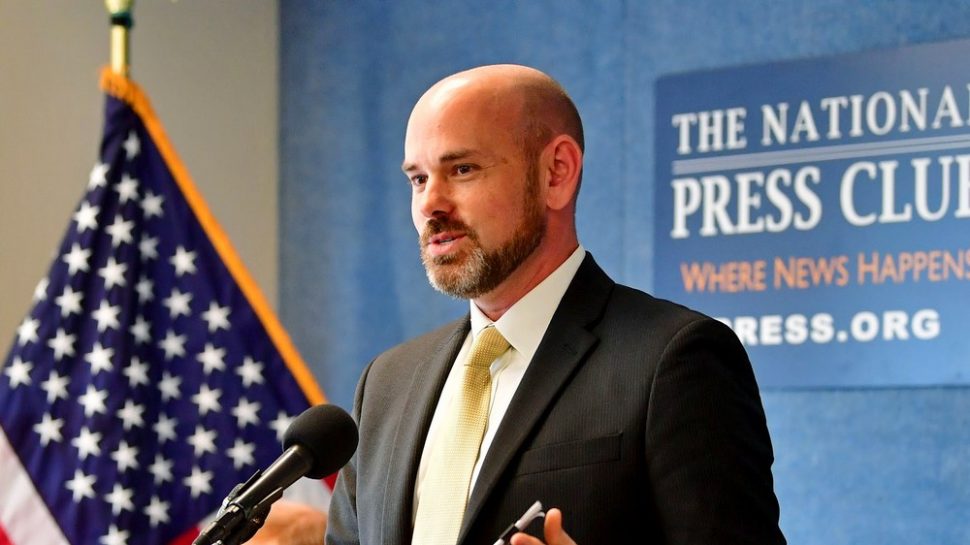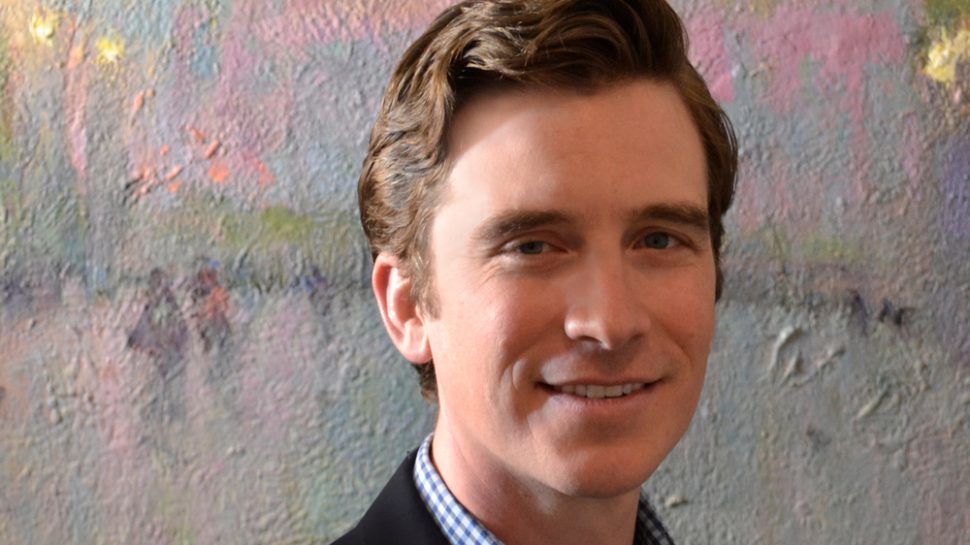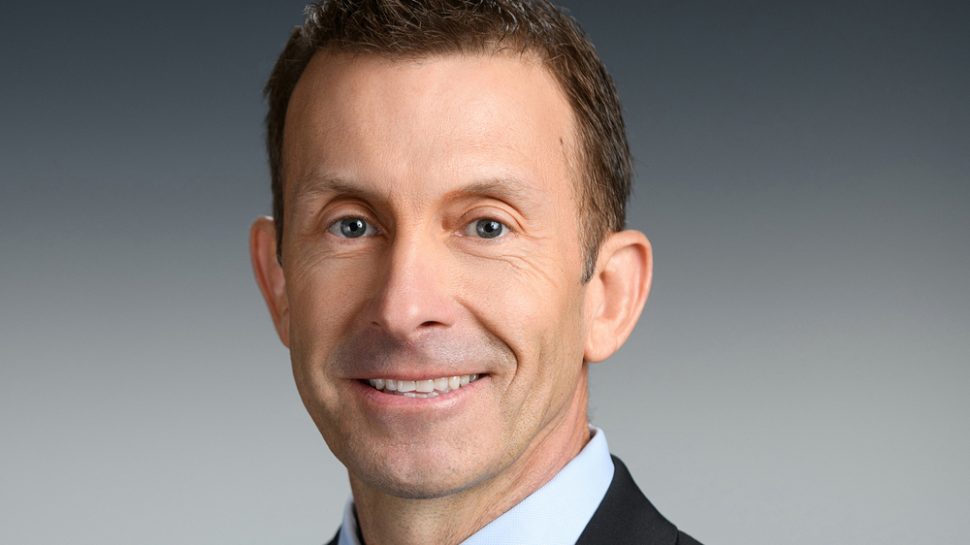The daily news reports regularly showcase extreme temperature swings — from deep freezes to torrid conditions. The words “climate change” are now firmly entrenched as a part of the daily lexicon. Golf’s future is clearly impacted by a range of ever-evolving dynamics. “Sustainability” has now become a focal point for a number of key stakeholders within the sport.
Centered around outdoor settings — the game of golf is a functionality of man’s inventiveness, but at its core ultimately is an organic-centered playground. Valuable natural resources — land and water among them — are central to the sport’s continuity.
There is also the ongoing perception that golf takes too much time to play, costs too much, is too hard a game to learn and has been slow in pushing ahead with “welcome” sign to groups that were either eschewed or paid little attention. Golf changed significantly during the latter half of the 20th century to a game in which the broader masses are now active participants. But, even with the ascendancy of Tiger Woods — the sport is still attempting to widen its appeal with Millennials, women and minorities. That outcome is still in doubt as a work in progress.
When the full force of The Great Recession struck hard in 2007-2009 the reality of golf’s limits took center stage. The cycle of more and more courses opening in far corners of the globe began a major retraction. Too much supply met the reality of too limited demand. This pullback was clearly front and center in the United States – the country with the most courses and players. Private clubs that previously had long waiting lists were now in desperate search for a younger audience to join its ranks as Baby Boomers were fading from the scene as the sport’s key financial underwriters. Yet, younger audiences have different needs and expectations from earlier generations.
Golf in the 21st century is now combatting a range of deep-seated forces. The time to play golf is certainly a key concern as golf now competes for the available time of younger people whose attention span and patience is far less. Golf does not provide the kind of immediate positive feedback that other recreational pursuits offer. New ways to enjoy the sport have emerged — with the likes of Topgolf and Drive Shack and these efforts bear watching in terms of planting a foundation for greater involvements in the years ahead.
Costs to play golf remains major anchors around the sport’s neck. A premium set of clubs can exceed $2,000 and recurring costs fueled via greens fees, golf balls, apparel and other associated items means a steady financial commitment. Facilities face similar hurdles in order to operate. As an outdoor game, golf is dependent on weather being cooperative. Lost days to inclement weather do not mean decreased costs to operate. Maintaining acceptable turf conditions imposes a forced dynamic of two central forces — keeping courses in presentable condition while being just as aware of the environmental hurdles in how best to do just that.
A silver lining did happen in ’20 with the pandemic’s widening impact globally. Golf provided sufficient social distancing space. Consequently, golfers flocked to nearby courses of all types given the dramatic downturn of overall travel volumes because of governmental restrictions. The number of rounds played spiked 12.6% in the USA — according to information from the National Golf Foundation and Golf Datatech. That equated to 50 million more rounds – a total only exceeded in 1997 from 1996 when 63 million rounds were played courtesy of the record setting performance from Tiger Woods in winning his first green jacket at The Masters. But questions abound — will players exposed to the sport remain with it? Will alternative golf options flourish in the years ahead and can the sport successfully put forward a narrative that demonstrates meaningful inclusions and awareness in its intersection with local communities.
Learning to play the game at a fulfilling level is also an impediment to overcome. Hitting a stationary ball to a particular target remains vexing even with gains made on the technology side through better equipment. Can improved teaching hasten overall satisfaction and can that be the catalyst for more participation to occur? That remains to be seen.

The movement for impactful sustainability is already garnering momentum. The collective synergy of those varied initiatives and partnerships shows promise. But the pathway for golf’s long-term sustainability will invariably present a range of twists and turns — creating both opportunities and unanticipated challenges. Avoiding rigidity with an emphasis on adaptability will be called upon as changing circumstances mandate.
Vigilance, by the varied key global golf influencers, will need to be harnessed and further strengthened. In years past, golf’s major groups operated in their own silos. That solo approach has shown its limitations for the broader health of the sport.
To better understand the various forces at play — five key individuals connected closely to major groups within the broader golf community were reached out to for respective viewpoints. The answers provided showcase a roadmap on what lies ahead.
The stakes are indeed high.
When you hear the term “sustainable golf” what comes to mind immediately?
JAY KAREN: Sustainability in golf usually refers to our relationship with the environment, but I immediately think about the economic health of our industry. If golf courses cannot survive or thrive financially, there’s no chance to even have a relationship with the environment! To support sustainability, I think about our need to ensure the experiences at golf courses are as excellent as they can be and are evolving with the changing desires, tastes and sensibilities of our potential customers.
STEVE ISAAC: Hope for the future of the sport, where a successful golf industry is seen as one of the solutions to environmental and societal issues, including climate change, water scarcity, productive land use, biodiversity loss, waste management and pollution, and public health.
RHETT EVANS: I think about superintendents. Day in and day out, they work hard to ensure the golf course is playable and sustainable. Golf courses provide approximately 2 million acres of valuable green space that helps protect water quality, air quality, native plants and wildlife. Golf courses reduce temperatures in urban areas, prevent soil erosion and enhance flood control. Our members employ the use of best management practices to ensure an enjoyable, sustainable golf experience that delivers these benefits.
“If golf courses cannot survive or thrive financially, there’s no chance to even have a relationship with the environment!”
– Jay Karen
RAND JERRIS: Sustainable golf is socially responsible, economically viable and environmentally sound. It has a positive relationship with its surroundings, uses critical resources efficiently, breaks down barriers to participation for all golfers and helps course owners maintain a healthy bottom line.
JEFF DANNER: The great blue heron. Only because it seems to make an appearance across all media marketing “sustainability.” In seriousness, I think of the environmental aspect of sustainability, and the impact golf’s image and participation have on golf’s future. A golf course certainly needs its natural components upheld and defended, but golf is not a sustainable game without the last two elements.
Is golf still suffering from the perception as an elitist game reserved only for those with the deepest of pockets and additionally eating up valuable land in doing so?
RAND JERRIS: It’s a dated stereotype that loses validity with each passing year. In recent years, we are seeing more juniors, and in particular young girls, more women, and more golfers from historically under-represented groups playing the game. We also increasingly understand the extent to which well-managed golf courses have a positive impact on the local economy and on the environment. Collectively, the golf community has meaningful data and the positive stories to counter many misperceptions and mischaracterizations.
JEFF DANNER: Yes, but there is hope. The good news is that participation is up, and we have the pandemic to partially thank for that. However, if you track the headlines and follow community politics, golf still gets a bad rap. Conflict always seems to garner an audience, and unfortunately, golf has suffered as a result. Hopefully, with the increasing interest in the game, it will speed up change in how people perceive golf.
JAY KAREN: There will always be people who will place a negative bent on anything that seems exclusive and built by or for the wealthy, but golf’s image is evolving quickly. And that evolving image is finally getting to be more in line with what we actually are as an industry – made up of very diverse kinds of businesses, the lion’s share of which is accessible, affordable public golf. Golf courses provide much needed greenspace and outdoor recreation, as well as jobs and increased economic value to adjacent homes and businesses.
“Sustainable golf is socially responsible, economically viable and environmentally sound.”
-Rand Jerris
RHETT EVANS: I think we have come a long way in dispelling that stereotype because in reality 75-78 percent of rounds are played at public golf courses. This indicates that golf provides recreational and social opportunities to people from all walks of life. Golf courses provide a balanced, wise use of valuable land and native resources and deliver needed green space in urban areas.
STEVE ISAAC: We know there is still some work to do to improve the perception of golf and we need to do more to promote the significant contribution that it can make to nature and communities and the wide range of health benefits it provides to those who play. We want golf to be seen as welcoming and inclusive of people of all ages and backgrounds and believe this is important for attracting more families and young people into the sport in the future.
Each of you comes from different organizations with different emphasis points. How critical is it for mutual collaboration to achieve broader success?
RHETT EVANS: It is imperative that we continue to work together. By joining forces, we present a stronger voice advocating for the game, our professions, and the golf industry as a whole. Our mutual collaboration and work is key to sharing the positive value of the sport along with the economic, social and environmental benefits the game provides across the country.
RAND JERRIS: Maintaining ongoing collaboration with our counterparts across the industry is critical to the game’s long-term success. Ultimately, we’re all striving to make golf the best that it can be and we understand that we will get there only by working together.
A great example of collaboration is the current focus on golf courses and golfer experience under the umbrella of our Distance Insights project. Sixteen representatives from six other industry associations are working closely to help define a better future for golfers and the golf courses on which they play.
“Golf courses provide a balanced, wise use of valuable land and native resources and deliver needed green space in urban areas.”
– Rhett Evans
JAY KAREN: Collaboration is not only helpful — it’s essential. Every organization and stakeholder in the ecosystem have a role to play. The existential threat that COVID delivered to our industry last spring proved that the national and state golf associations can collaborate to not only keep golf alive, but allow them to thrive as well.
STEVE ISAAC: The issues we are facing are too big for us to tackle them alone and so collaboration will be essential to developing effective solutions that ensure golf is thriving in 50 years’ time for the enjoyment of future generations.
JEFF DANNER: Very critical. Each organization specializes in different but directly related sectors of the business. Without one, the others eventually fall apart.
Golf overall saw a major spike in terms of rounds played in 2020 — much of that coming from the impact of lock downs imposed via the pandemic. Trends prior to the pandemic showed a sustained movement towards course closings and a difficulty in securing the next generation of players. Is the closing of facilities a course correction — no pun intended — or something far more serious?
JAY KAREN: Golf course development far outpaced demand in the customer base for a long time. The homebuilder industry’s exuberance for golf to drive home construction and sales was out in front of the flattening of demand not long after the “Tiger Effect” on demand. If demand couldn’t keep up, a natural response would be the contraction of supply. If you take the view that some courses should never have been built, then the contraction might not be a bad thing. But the more serious figure to examine is the demand curve. If we can get long-term demand moving back in the right direction, supply will take care of itself.
RAND JERRIS: We know that large plots of green grass in communities will always come under some degree of scrutiny by a whole host of stakeholder groups, particularly as competing forces are at play – whether it be environmental considerations, social considerations, recreational considerations or land development considerations. As much as anything, we feel it’s the role of the USGA to ensure that every golf facility has access to best practices to ensure their course operates efficiently, meets or exceeds customer expectations, and is a responsible community partner.
STEVE ISAAC: The closing of facilities is, in part, a course correction where supply has exceeded demand, but there is more to it than that. The leisure requirements of today’s generation have also changed, and so golf needs to adapt to offer a variety of compelling products that reflect this, including shorter forms of the sport, and facilities that are welcoming of families and young people.
JEFF DANNER: It all boils down to participation. When everything moves exponentially faster, people’s time, attention span, and patience become less and less. Golf needs to stay in the ether of our ever-changing world. The pandemic has shown us that golf is a healthy, engaging activity that everyone can enjoy, but what is still unknown is what will happen when Covid-19 is no longer a constraint to pursuing other activities. Much like 9/11, I think the world will be very different going forward. Golf can be a big part of that positive future.
RHETT EVANS: We have seen a growth in diversity involvement and are optimistic about the broadening participation in the game. Like any other business, golf is impacted by supply and demand. The pandemic caused an increased awareness of the physical, recreational, and mental health benefits that the golf experience provides.
Sustainability Series
Part 1 – Debate growing – questions abound — answers needed
Part 2 – Debate growing – questions abound — answers needed
Part 3 – Innovative program bringing new golfers forward
Part 4 – “The Time Factor”
Part 5 – Water watch worrisome
Part 6 – J. Bryan Unruh, Institute of Food & Agricultural Science,
Part 7 – Repurposing facilities, Minnesota’s momentum
The participants
Jay Karen
Chief Executive Officer
National Golf Course Owners Association (NGCOA)

Jay Karen is the CEO of National Golf Course Owners Association, based in Charleston, SC, where he leads the golf industry’s trade association and initiatives to support the success of the golf course business. In his role at NGCOA, he has chaired the board of the industry-wide advocacy coalition, We Are Golf, and served on the Golf USA Tee Time Coalition board, a joint initiative with the PGA of America, and the advisory board of the World Golf Hall of Fame.
Steve Isaac
Director – Sustainability
The R&A

Has led The R&A’s sustainability drive for 18 years following 18 years as a consultant agronomist with STRI. He established and led on the Golf Course 2030 climate change, resource constraints, regulation initiative, the sustainable development program for R&A championships (GreenLinks), including The Open and the AIG Women’s Open and the support for greenkeeper education.
Isaac has spoken at many events across Africa, Asia, Australasia, Europe, North and South America to promote The R&A’s advocacy of sustainability.
Jeffrey Danner
Senior Design Associate
Greg Norman Golf Course Design
ASGCA

Senior Design Associate with Greg Norman Golf Course Design in West Palm Beach, Florida. Passionate about growing the game and making golf accessible for everyone to enjoy. Danner’s design philosophy is to maintain a strict sense of environmental awareness and sensitivity while implementing a creative strategy to stimulate the mind while engaging golfers of all abilities.
Rhett Evans
CEO
Golf Course Superintendents Association of America

Rhett Evans joined the GCSAA team in July 2009 as chief operating officer and was promoted to CEO in January 2011. Under Evans, GCSAA has elevated the superintendents’ and industry’s voices through advocacy efforts at the national and grassroots levels. In addition, through Evans’ leadership of GCSAA and its philanthropic organization, the Environmental Institute for Golf, the discussion of sustainability has progressed from theory to action at golf facilities.
Rand Jerris
Senior Managing Director, Public Services
USGA

A member of the USGA’s Executive Leadership Team, Rand Jerris oversees a variety of organizational functions including research, science and innovation; the USGA Green Section; the USGA Golf Museum; Regional Affairs; and strategic planning. He earned his doctorate in art and archaeology from Princeton University and bachelor’s and master’s degrees from Williams College, and currently serves on the board of the Environmental Institute for Golf, the executive board for We Are Golf, and the Board of Overseers for the Malcolm Baldrige Performance Excellence Program.
